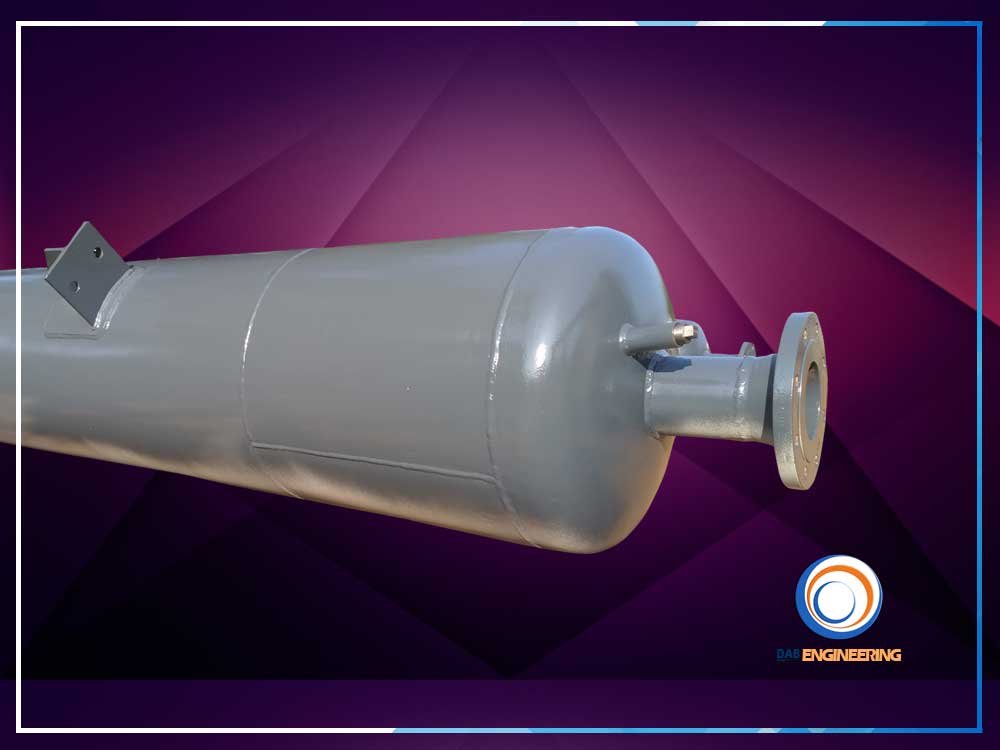The Centrifugal compressor/ Blowers noise is produced primarily by blade-tip turbulence which is a function of horse power, speed, discharge pressure, piping velocities, number of stages of compression, type and number of blades etc.
The high speed rotation of vanes or impellers generates noise which primarily consists of discrete tones inter dispersed over a broad-band frequency spectrum of lesser intensity. The maximum amplitude occurs at the blade passing frequency and its second harmonic. The high frequency noise generated is in the audible range and requires treatment for achieving noise control.
The importance of proper sizing of intake and discharge piping cannot be overemphasized. Both intake and discharge silencing is normally required. These silencers are absorptive type silencers which are essentially a high frequency, low pressure drop attenuator. It depends on sound absorbing material to dissipate the acoustical energy and are usually straight thru designs. All silencers should be coupled as close as possible to the compressor to prevent excessive pipe radiated noise.
The following table indicates the maximum recommended air flow in CFM for respective silencer size in accordance with the above guidelines.
Silencer Section
The centrifugal compressor silencers are normally selected on the basis of maximum allowable pressure drop at rated flow and the silencing criteria. These silencers are usually sized for around 5000 to 5500 FPM velocity but not exceeding 7500 FPM velocity to prevent excessive self generated noise and aerodynamic noise generation.
While selecting the centrifugal compressor silencer, it must be ensured that the flow area throughout the silencer is sufficient to accommodate the air flow without imposing excessive restriction.
The following table indicates the maximum recommended air flow in CFM for respective silencer size in accordance with the above guidelines.

